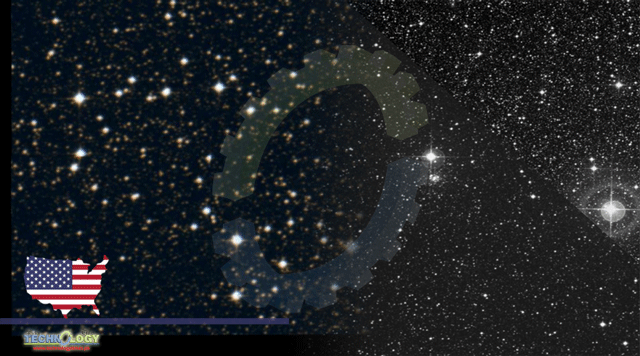Astronomers using the NASA/ESA Hubble Space Telescope have produced an outstanding image of a distant globular cluster called NGC 6717.

Globular clusters are densely packed, spherical collections of hundreds of thousands or even millions of stars.
They are among the oldest known objects in the Universe and are preferentially associated with the oldest components of galaxies.
Our own Milky Way Galaxy hosts at least 150 such objects and a few more are likely to exist hidden behind the Galaxy’s thick disk.
NGC 6717 is located approximately 7,100 parsecs (23,157 light-years) away in the constellation of Sagittarius.
Otherwise known as ESO 523-14 and GCl 105, the cluster was discovered by the German-born British astronomer William Herschel on August 7, 1784.
“Globular clusters contain more stars in their centers than their outer fringes, as this image aptly demonstrates,” Hubble astronomers said.
“The sparsely populated edges of NGC 6717 are in stark contrast to the sparkling collection of stars at its center.”
“The center of the image also contains some interlopers from closer to home,” they added.
“Bright foreground stars close to Earth are surrounded by criss-cross diffraction spikes formed by starlight interacting with the structures supporting Hubble’s secondary mirror.”
“The area of the night sky which contains the constellation Sagittarius also contains the center of the Milky Way, which is filled with light-absorbing gas and dust,” the researchers said.
“This absorption of light — which we refer to as extinction — makes studying globular cluster near the Galactic center a challenging endeavor.”
Originally Published By SciNews